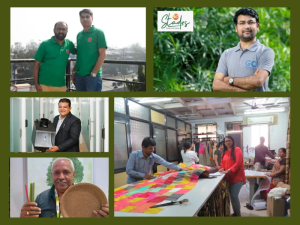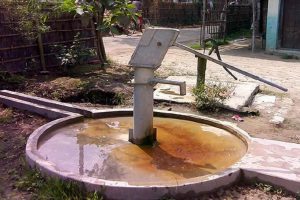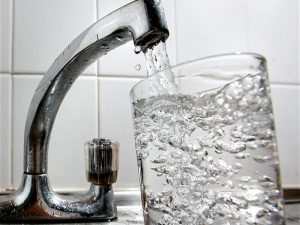 Photo Courtesy : Pune Pulse
Photo Courtesy : Pune Pulse
Second meeting called by the Divisional Commissioner of Pune Saurabh Rao regarding the water crisis in PMC and PCMC was held today. More than 60 residents representing various organisations attended the meeting raising various issues.
Advocate Satya Muley shared important points that were discussed with Pune Pulse.
Important minutes of meeting
Divisional Commissioner of Pune announced in presence of PMRDA Commissioner that henceforth no new permissions shall be given in PMRDA jurisdiction without ascertaining availability and capability of local body/PMRDA/Zilla parishad to provide water to the new construction. No new construction permission shall be provided based on an affidavit taken from builders.
Almost 60 to 70 representatives of housing Societies, Housing Federations, Akhil Bharatiya Grahak Panchayat, Maharashtra Housing societies federation were present.
The demand for providing water through tankers by PMC and PCMc was once again discussed and DC mentioned that the subject is being evaluated.
Spot visits to both corporations have been directed to understand the ground level realities and offer solutions.
Dedicated email id to be shared by both corporations to register complaints from housing complexes regarding water scarcity.
From the next meeting complaints to be received in advance and solutions to be offered during the next monthly meeting.
Adv Satya Muley stated that it is a district wide problem and intensive efforts by the special committee is required. Although providing immediate solutions to current scarcity is important, long term planning is also important which appears to be lacking by both the corporations.
Sunil Koloti, a resident of Nyati Windchimes who was part of the meeting stated that the meeting was fruitful but only it should turn into prompt action. 75 percent of our monthly maintenance goes into procuring water through tankers. PMC must come up with some solution now.
Another resident, Dilip Shah, founder of Undri Residents Forum said, “There were many residents who were present today. We are hoping that strong action is taken by PMC as well as PCMC. It’s high time citizens get their due. Potable drinking water is what we are demanding. This meeting should not turn into another assurance but no result.”
Neerain is proud to republish this blog for spreading awareness about situation of water, for our stake holders. Credit whatsoever goes to the Author.
This blog is published by:
Pune Pulse
We would like to spread this for the benefit of fellow Indians.
Publish On: 15, January, 2024















 In Dhamdaha village of Purnia district of Bihar, yellowness is visible near the hand pump due to excess of iron. Whereas this hand pump has been installed by the government to provide iron free water. Photo: Pushya Mitra
In Dhamdaha village of Purnia district of Bihar, yellowness is visible near the hand pump due to excess of iron. Whereas this hand pump has been installed by the government to provide iron free water. Photo: Pushya Mitra The bench had gone into the details of the PIL and took note of the grave situation of water scarcity stated in the PIL in context to the urban areas of Pune district. The Bombay high court had taken note of the above information and had directed that a special committee be constituted separately for PMC and PCMC. And such committees shall attend to the complaints of the residents regarding water scarcity. The PMRDA was also directed to address the water problems faced by the residents coming under their jurisdiction.
The bench had gone into the details of the PIL and took note of the grave situation of water scarcity stated in the PIL in context to the urban areas of Pune district. The Bombay high court had taken note of the above information and had directed that a special committee be constituted separately for PMC and PCMC. And such committees shall attend to the complaints of the residents regarding water scarcity. The PMRDA was also directed to address the water problems faced by the residents coming under their jurisdiction.